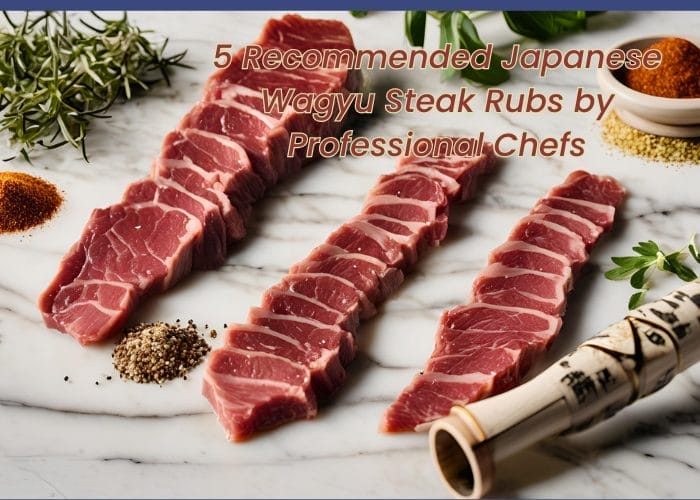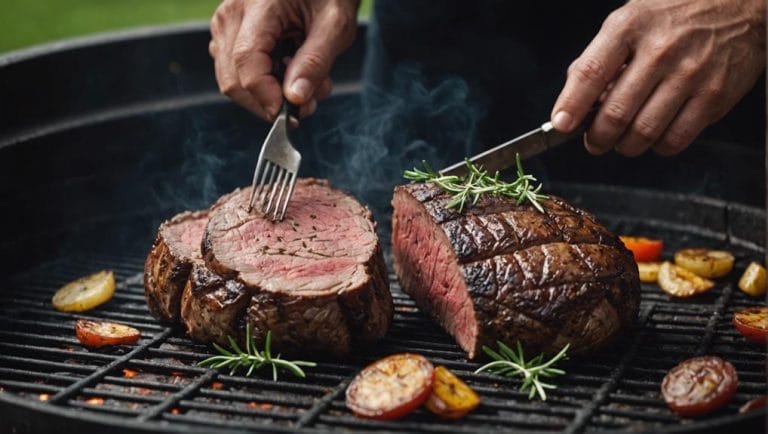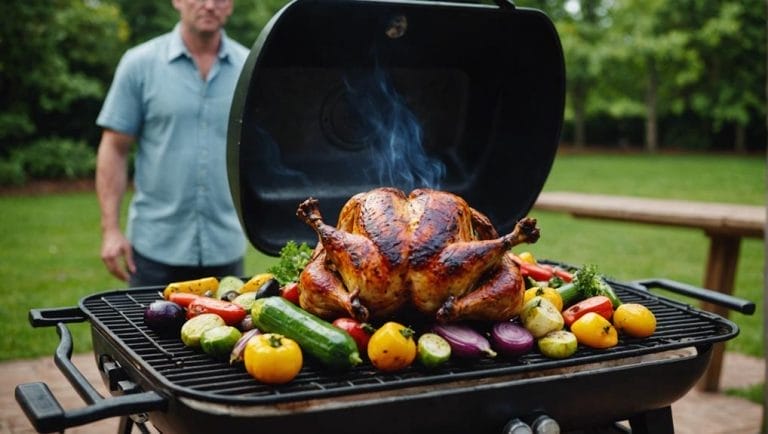How Much Is a Pound of Crab Legs

Imagine the steam rising from a succulent pile of crab legs, a luxury poised on your plate. You’re keen to master the nuances of seafood purchasing, and understanding the cost of crab legs is essential.
The price of a pound of these delights isn’t fixed; it fluctuates based on variety, season, and location. For medium snow crab legs, you might pay $79.99, or snag a deal at $51.99. But these figures are just the tip of the iceberg.
Market dynamics, from the catch’s abundance to regional demands, shape the price tags you’ll encounter. Whether you’re buying from a retailer or enjoying a restaurant serving, you’ll want to navigate these waters with informed precision.
Let’s dive into the factors that determine how much you’ll shell out for that pound of crab legs.
Key Takeaways
- King Crab Legs are known for their substantial size and rich taste.
- Seasonal factors such as holidays and warmer weather can influence the price of crab legs.
- Geographical location plays a role in the cost of crab legs, with coastal regions offering more competitive rates.
- Retailers generally have lower prices for crab legs compared to restaurants, and bulk purchases or discounts can lead to savings.
Understanding Crab Leg Varieties
You’ll often encounter several varieties of crab legs at the market, each with its own unique flavor and texture profile. Among them, King Crab Legs stand out due to their substantial size and rich taste. When you’re assessing quality, examine the color and firmness—the brighter and more robust, the fresher the legs.
As an aficionado, you understand that the provenance of King Crab Legs matters. Bering Sea sources are renowned for yielding the most succulent specimens. Furthermore, the meat yield from King Crab is unparalleled; you’ll find a generous amount of flesh within those thick shells.
Mastery in selection means recognizing that while King Crab Legs may command a higher price, their impressive size and luscious flavor justify the investment.
Seasonal Price Influences
Crab leg prices fluctuate seasonally, so you’ll often find costs rise during peak demand times like holidays or summer months. Understanding these seasonal price influences is crucial for making an informed purchase:
- Winter Holidays: Demand spikes as families indulge in festive feasts, pushing prices higher.
- Summer Months: Warmer weather boosts seafood consumption, particularly for outdoor cooking events, resulting in premium pricing.
- Fishing Seasons: The availability of crab legs is contingent on fishing regulations and seasons, which can constrict supply and elevate market prices.
- Special Events: Culinary celebrations and seafood festivals can temporarily inflate demand, affecting cost.
Geographical Impact on Cost
Beyond seasonal trends, your location significantly affects the price you’ll pay for crab legs, with coastal regions often offering more competitive rates than inland areas. Considering the logistics of seafood distribution, proximity to the source can lead to reduced transportation costs and fresher stock, influencing pricing structures.
For snow crab legs, this geographical impact is pronounced. You’ll find that areas with direct access to fishing grounds may have prices that reflect the lower overhead. Conversely, inland markets must account for additional shipping, which can drive up the cost per pound.
It’s not just about distance, though; regional demand and local competition also play critical roles in shaping the market. Thus, savvy consumers should weigh these factors when assessing the value of snow crab legs in their locale.
Retail Vs. Restaurant Pricing
When comparing retailers’ prices to those of restaurants, you’ll often notice a marked-up cost for the dining-out experience, reflecting service and ambiance in addition to the inherent value of the crab legs themselves. Here’s an analytical breakdown to understand retail vs. restaurant pricing:
- Retail Pricing: At a retailer, you might pay from $27.99 to $79.99 per pound, with potential discounts for larger quantities.
- Restaurant Markup: Restaurants typically add a significant premium for service and dining ambiance.
- Bulk Savings: Retailers may offer lower prices for purchases of 3, 6, or 9 pounds, rewarding volume buying.
- Special Offers: Signing up for discounts can lead to substantial savings at retail, a perk not commonly matched by restaurants.
Mastering the cost dynamics between retail and restaurant venues is crucial for making informed purchasing decisions.
Tips for Buying Crab Legs
Understanding the price differences between retail and restaurant crab legs, you’ll want to consider these tips for savvy purchasing.
Analyze the cost per cluster to ascertain value; each pound of medium snow crab legs typically contains about three clusters.
When planning a meal, account for 2 to 3 clusters per person as a side, or 5 to 6 clusters for a main course.
To optimize your expenditure, watch for promotions and subscribe to newsletters for a potential 10% discount on your first purchase.
If you’re aiming for a well-rounded dining experience, pair your crab legs with complementary vegetables like artichokes, brussels sprouts, and potatoes.
Lastly, remember that preparation methods, whether boiling or grilling, should fit into your culinary strategy without compromising the crab’s quality.
Conclusion
In conclusion, the cost of a pound of crab legs hinges on the type, season, and region.
You’ll face a premium in restaurants compared to retail markets. To snag a deal, keep an eye out for specials and consider the timing of your purchase.
Your savvy shopping can lead to enjoying this luxury at a more palatable price, striking a balance between indulgence and budget-consciousness.
Always weigh the factors influencing cost before diving into your seafood feast.






